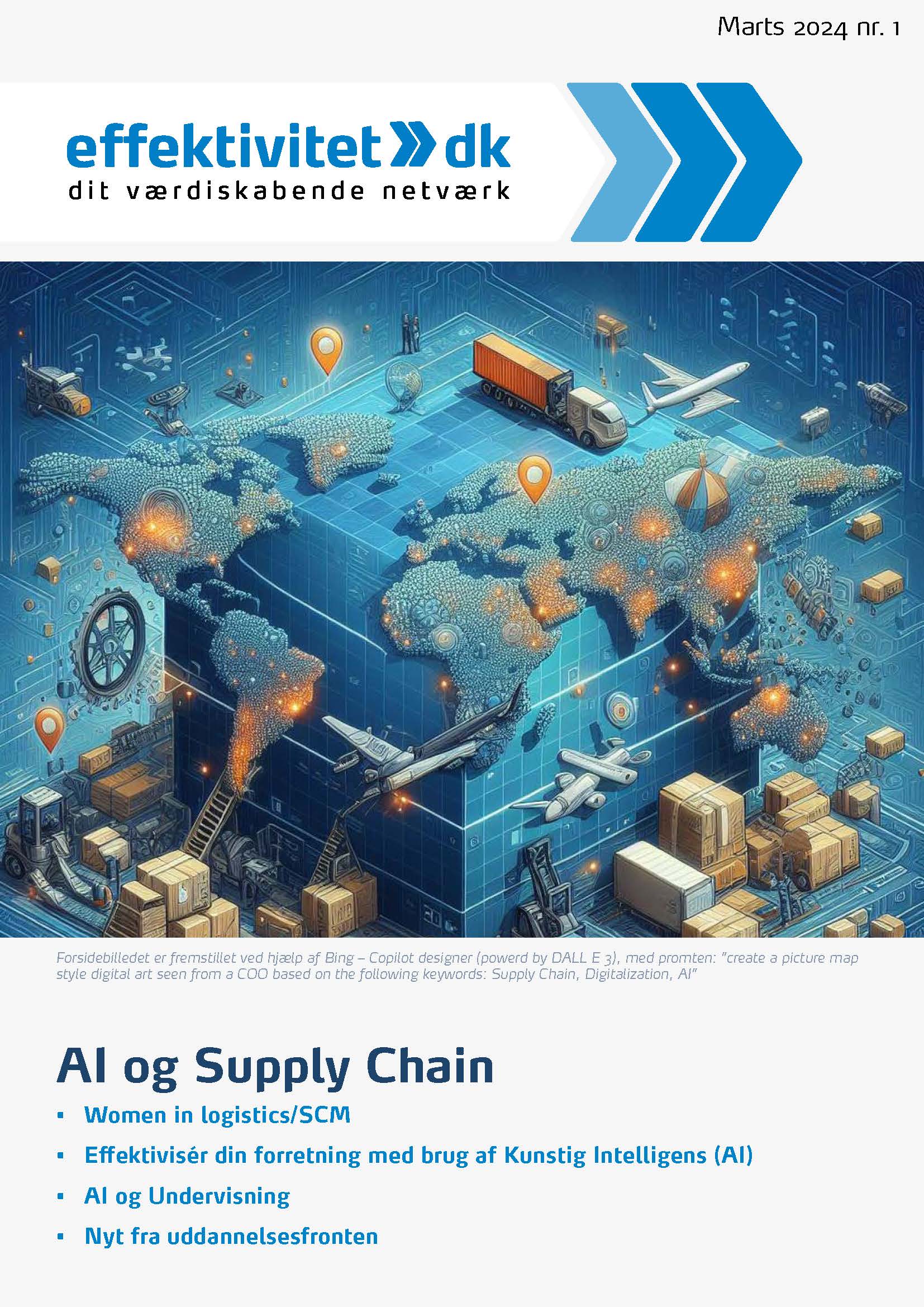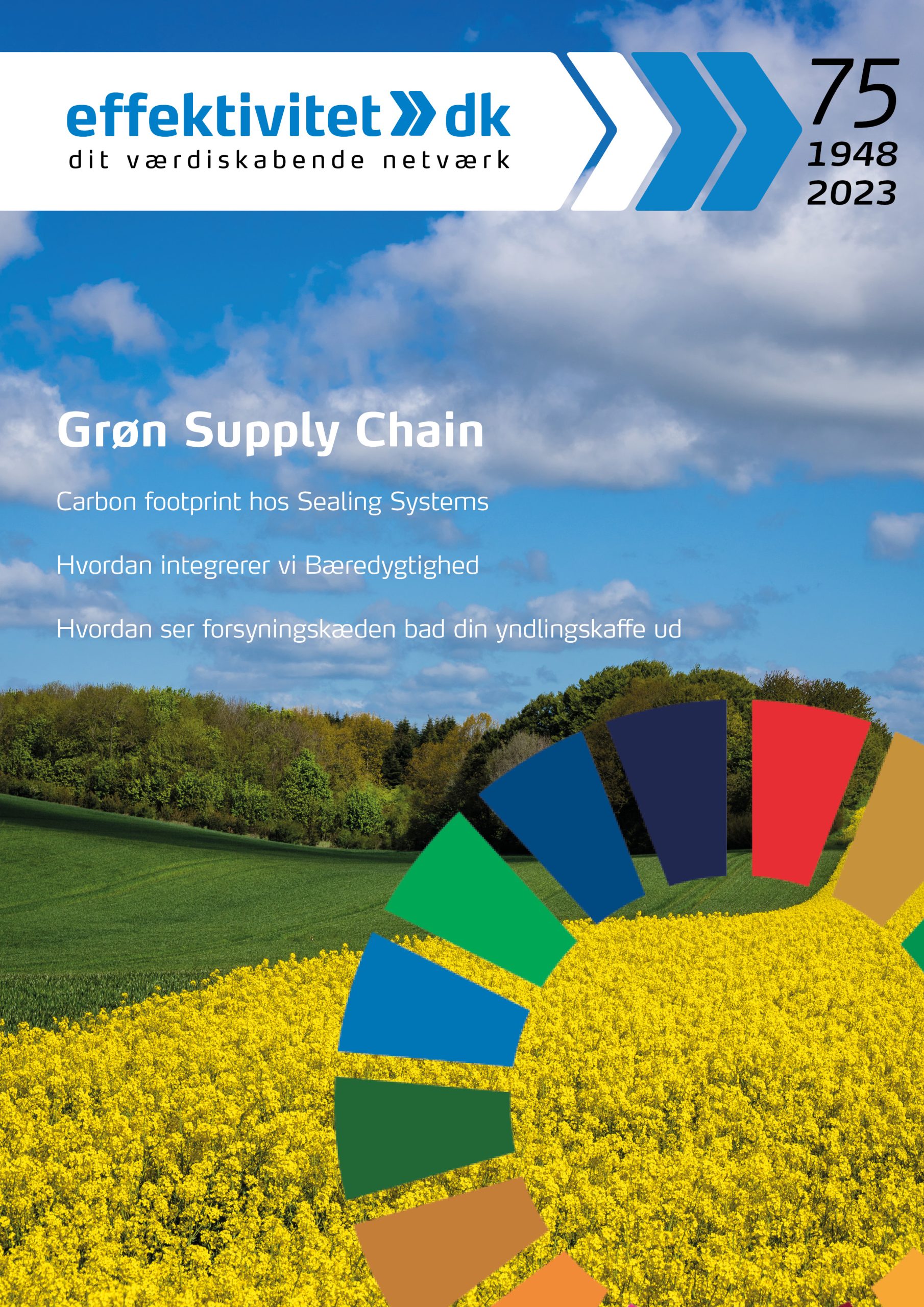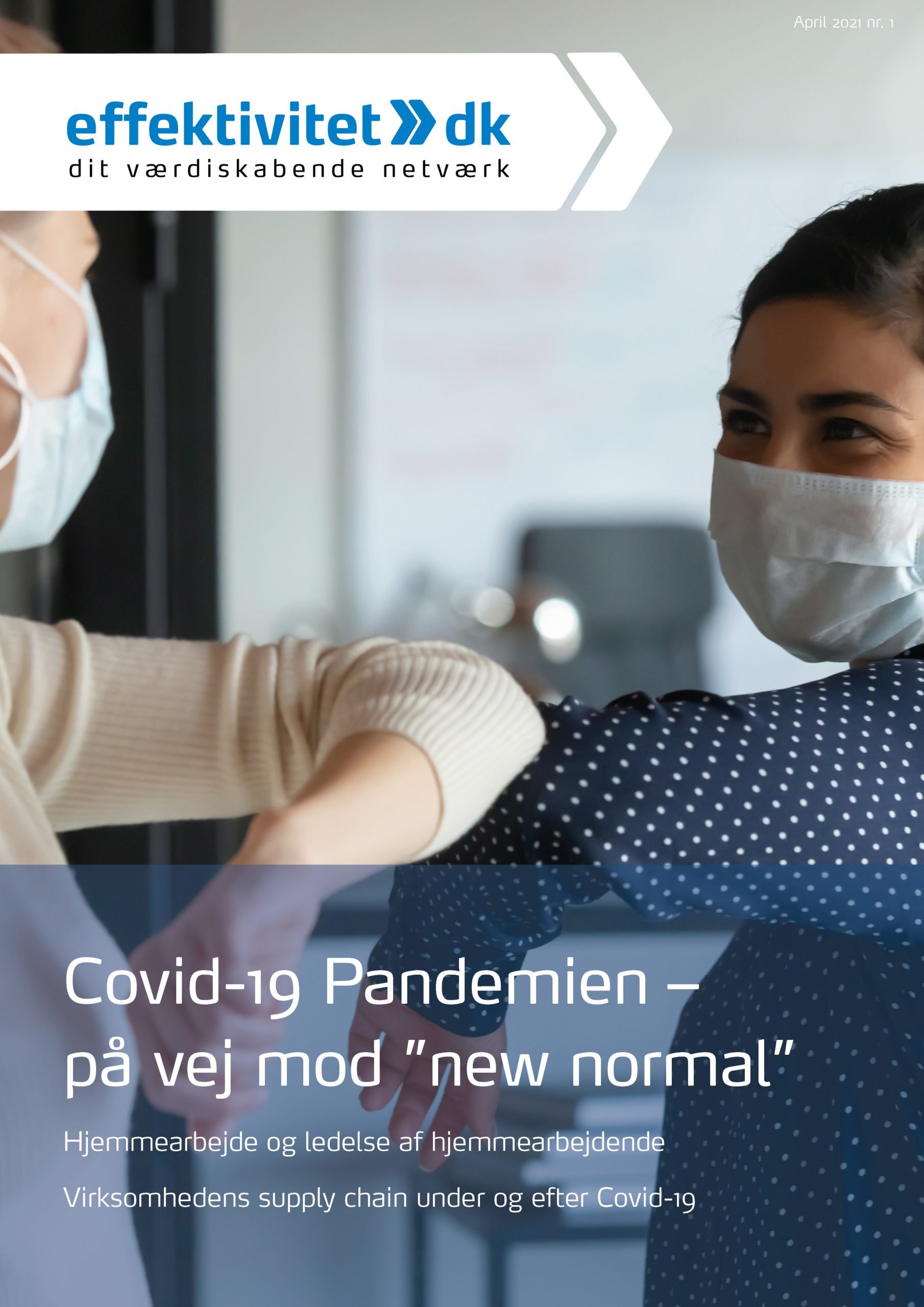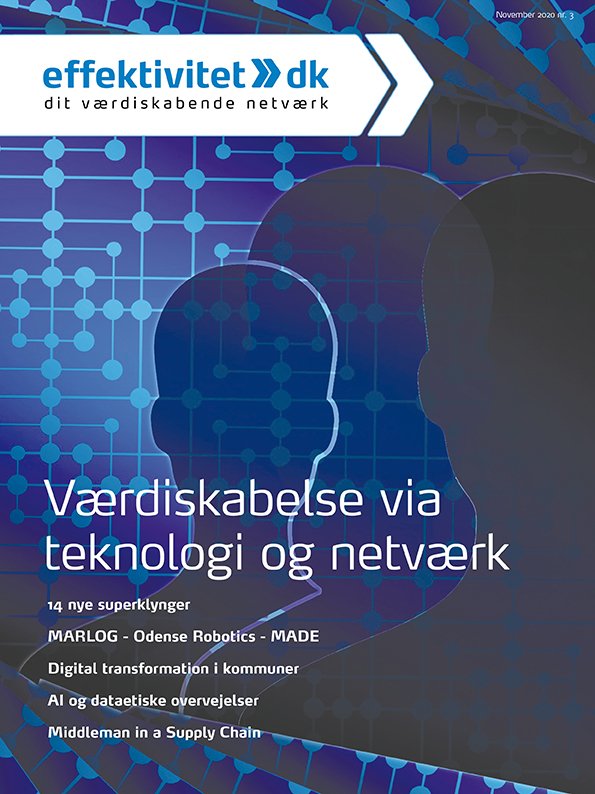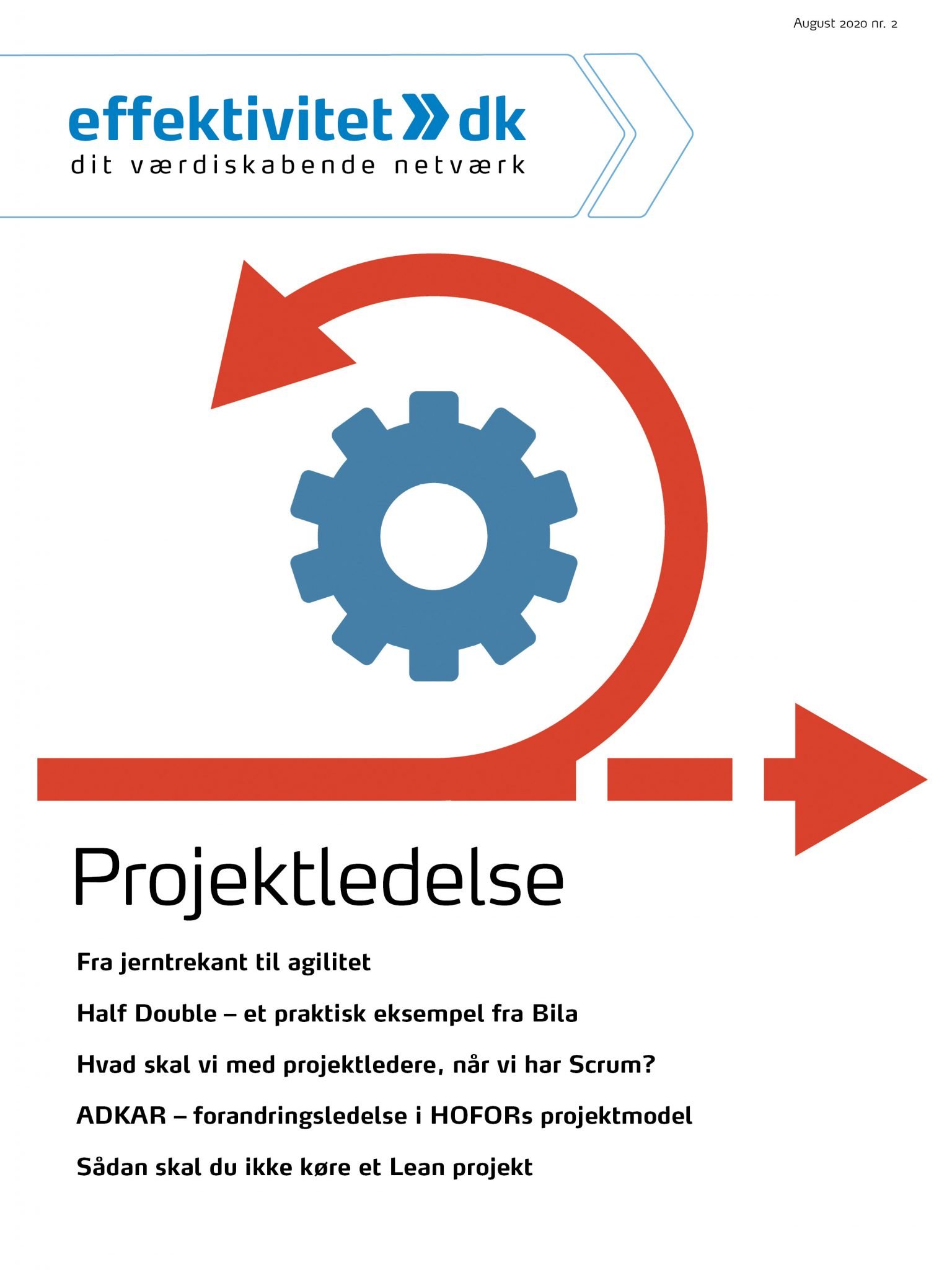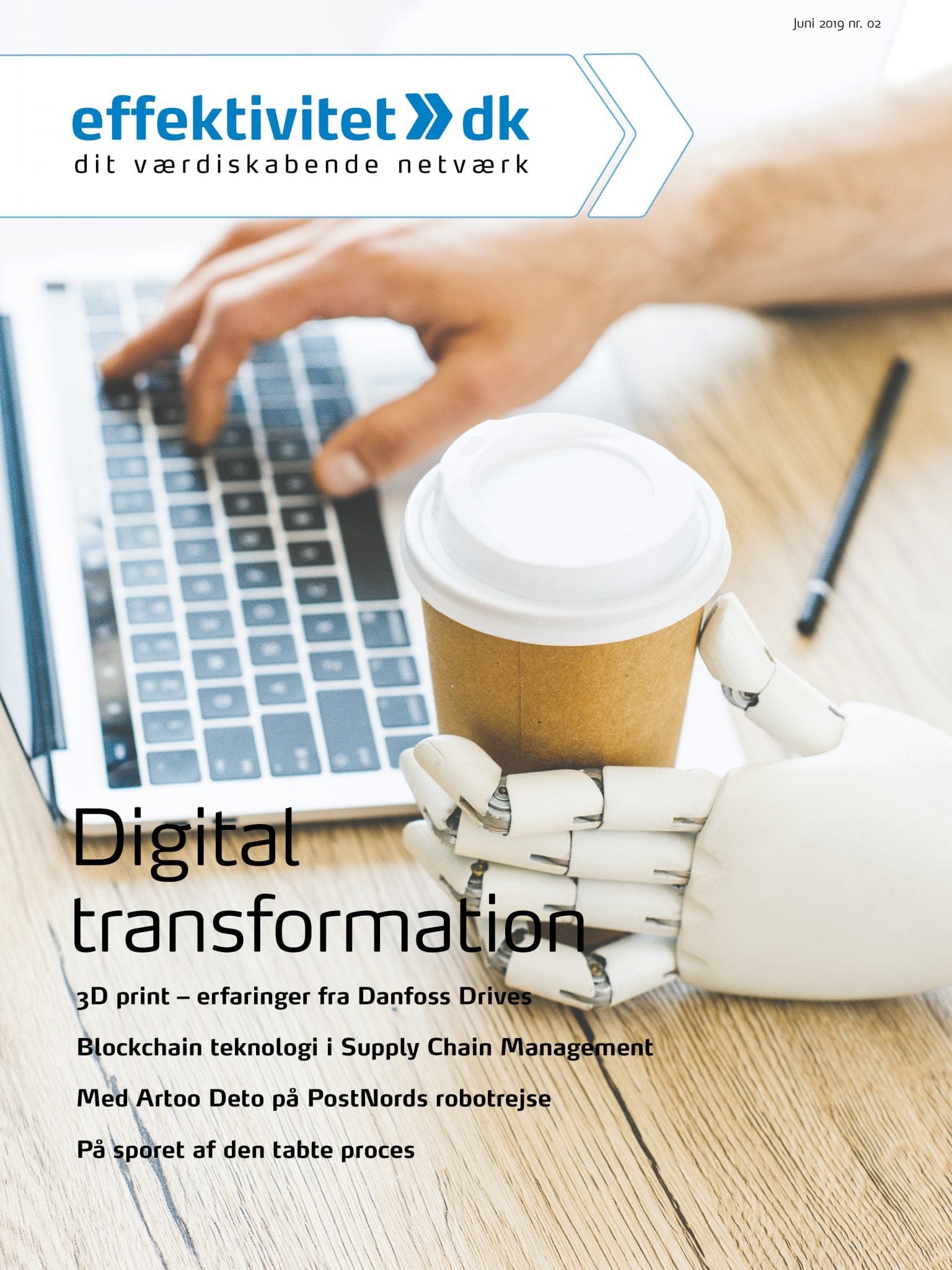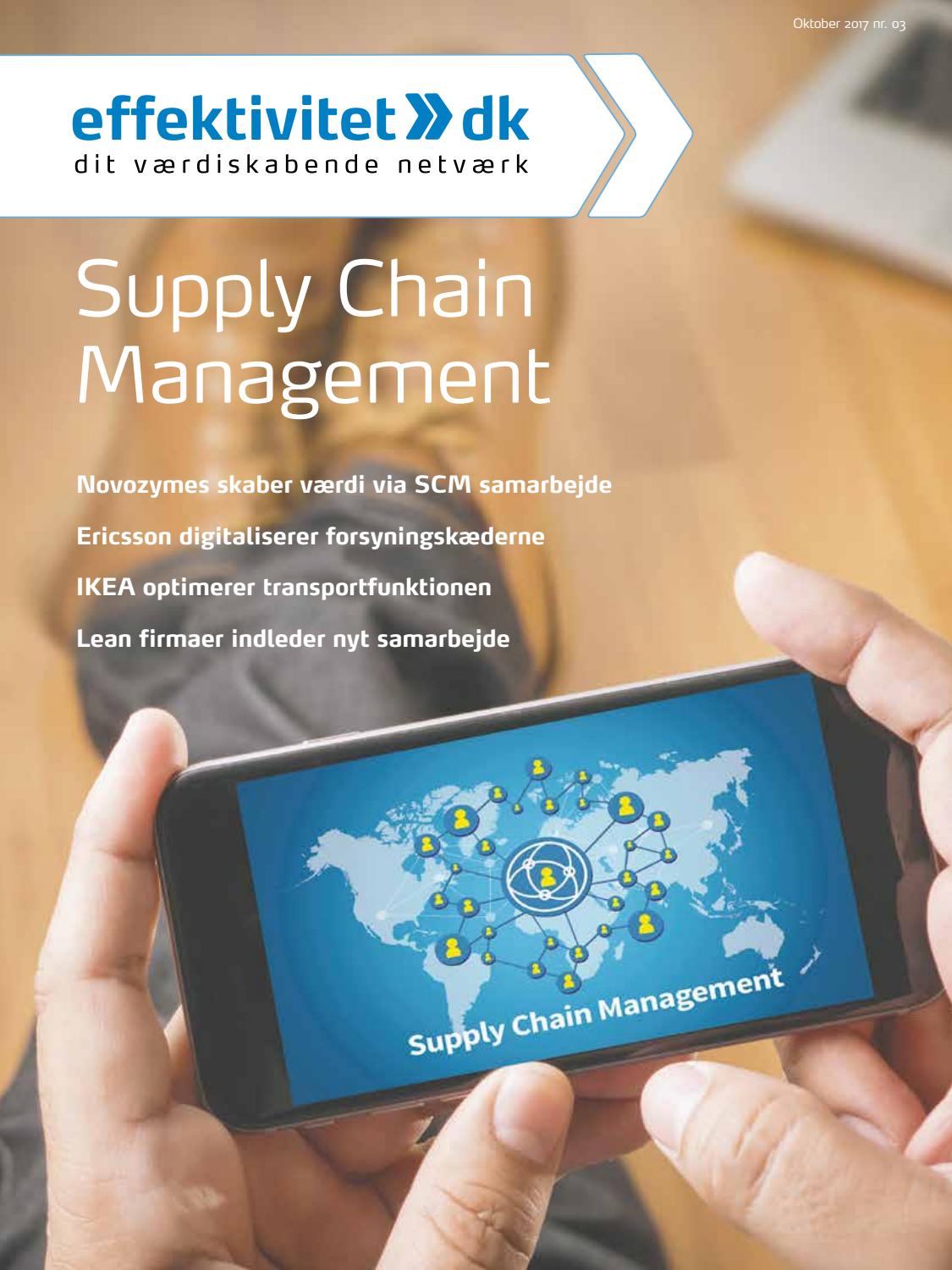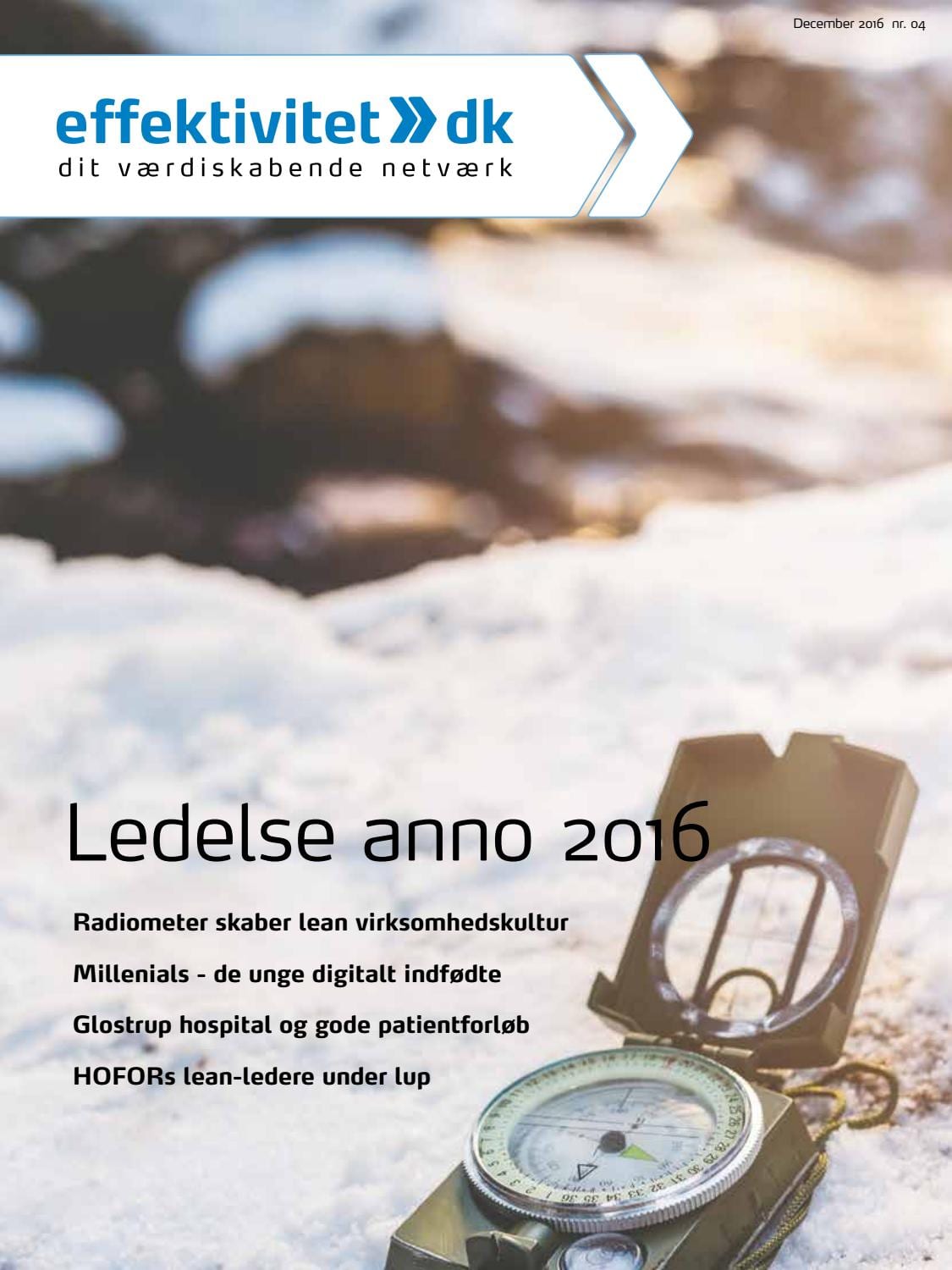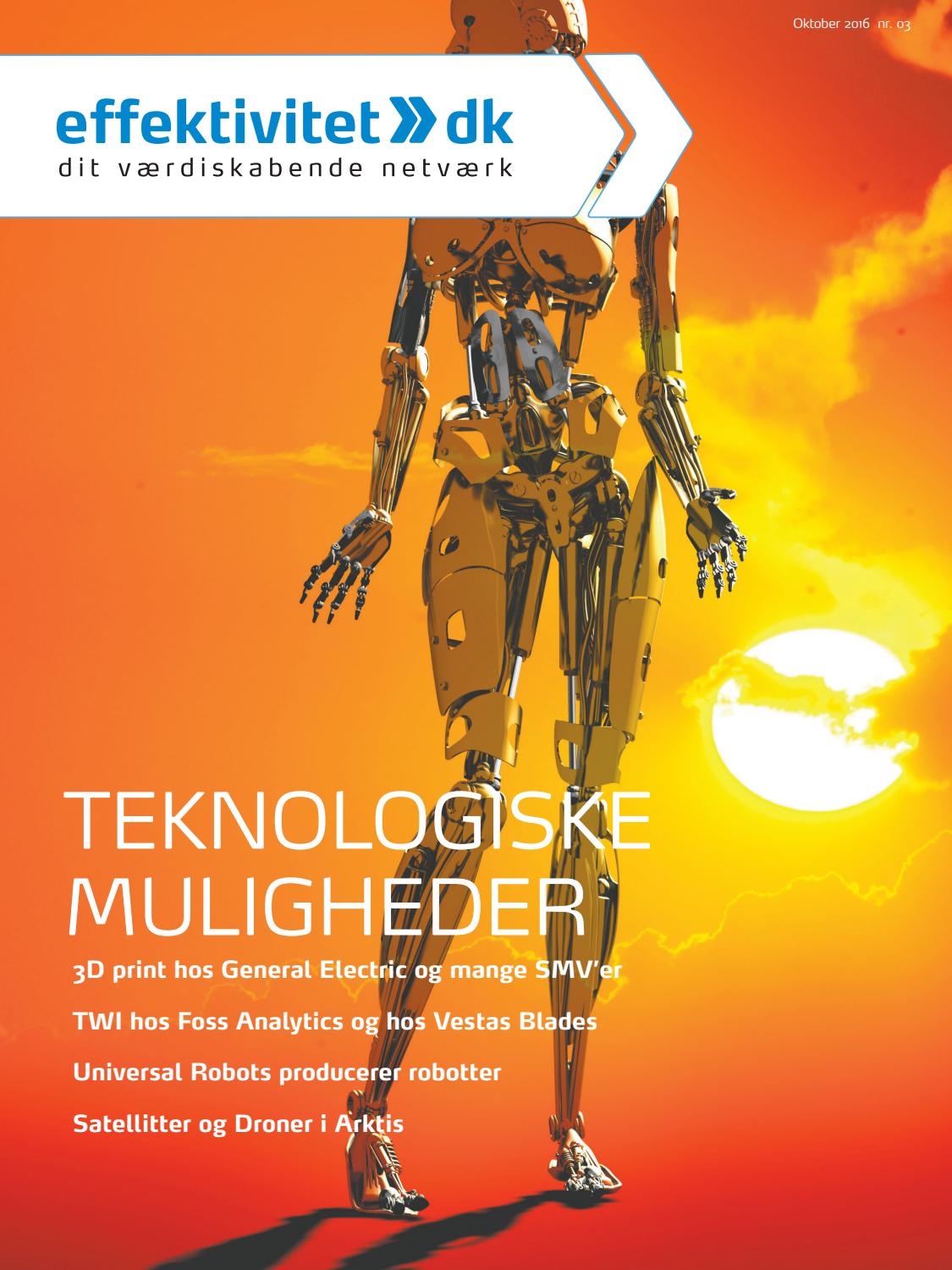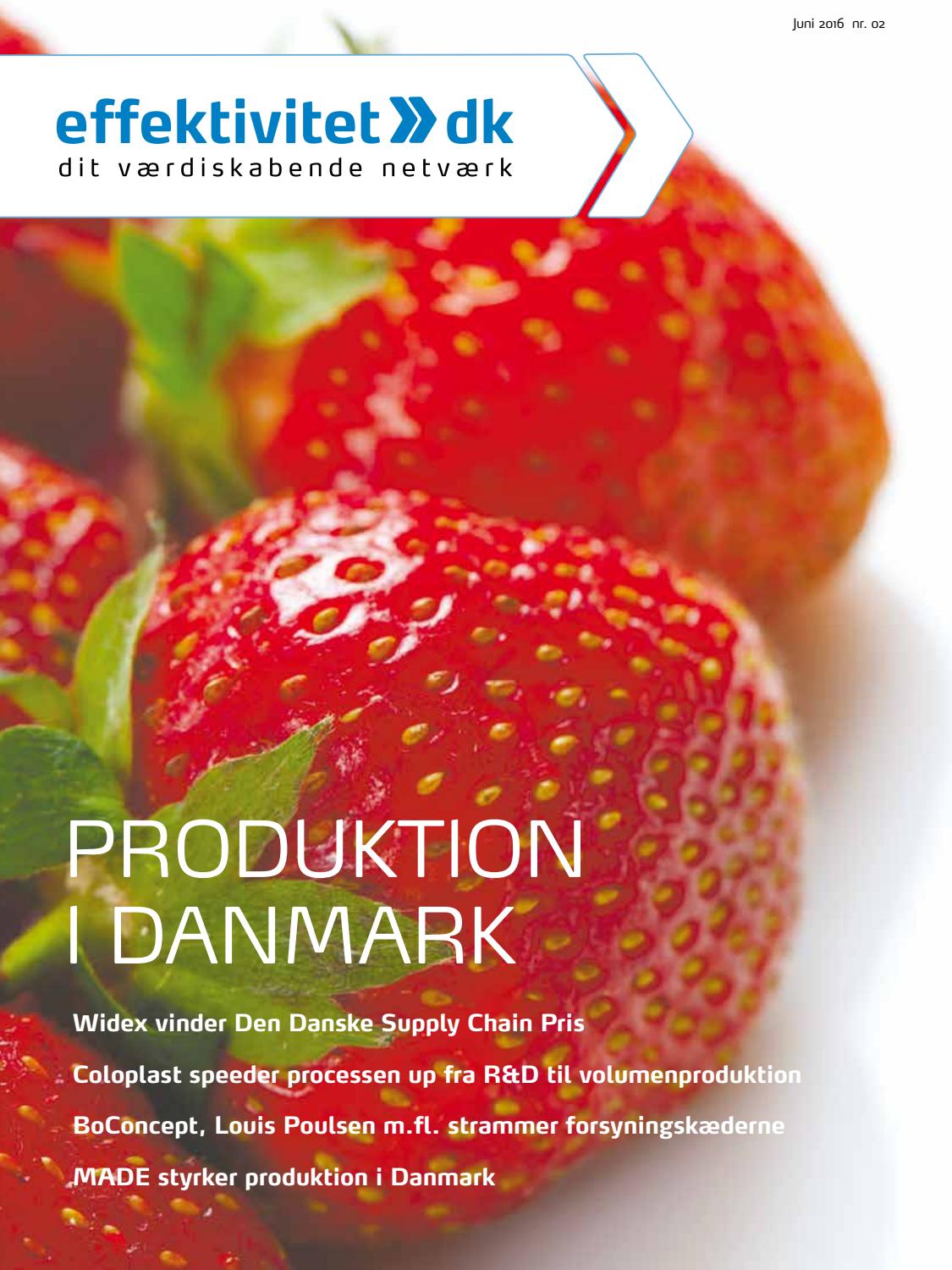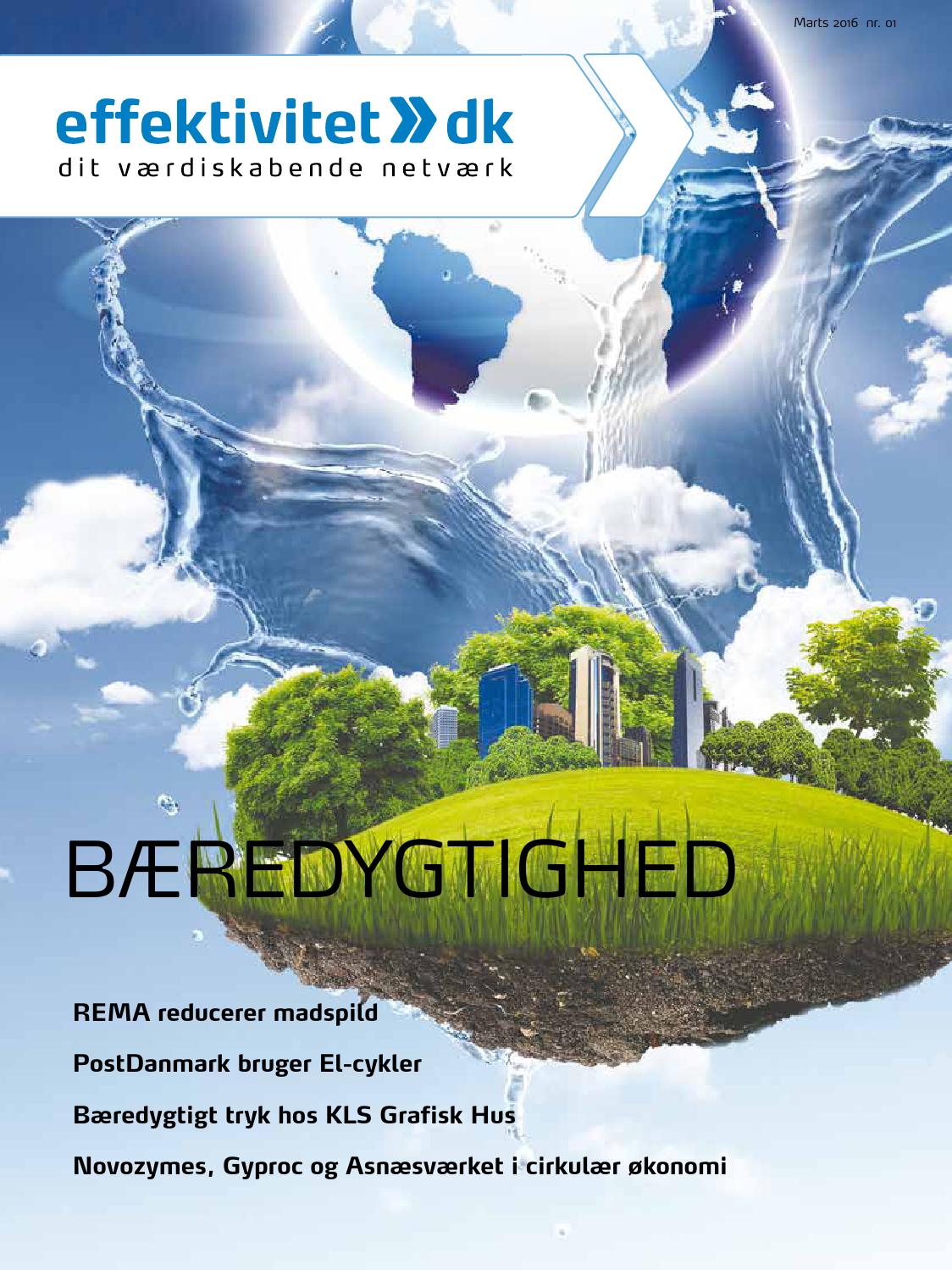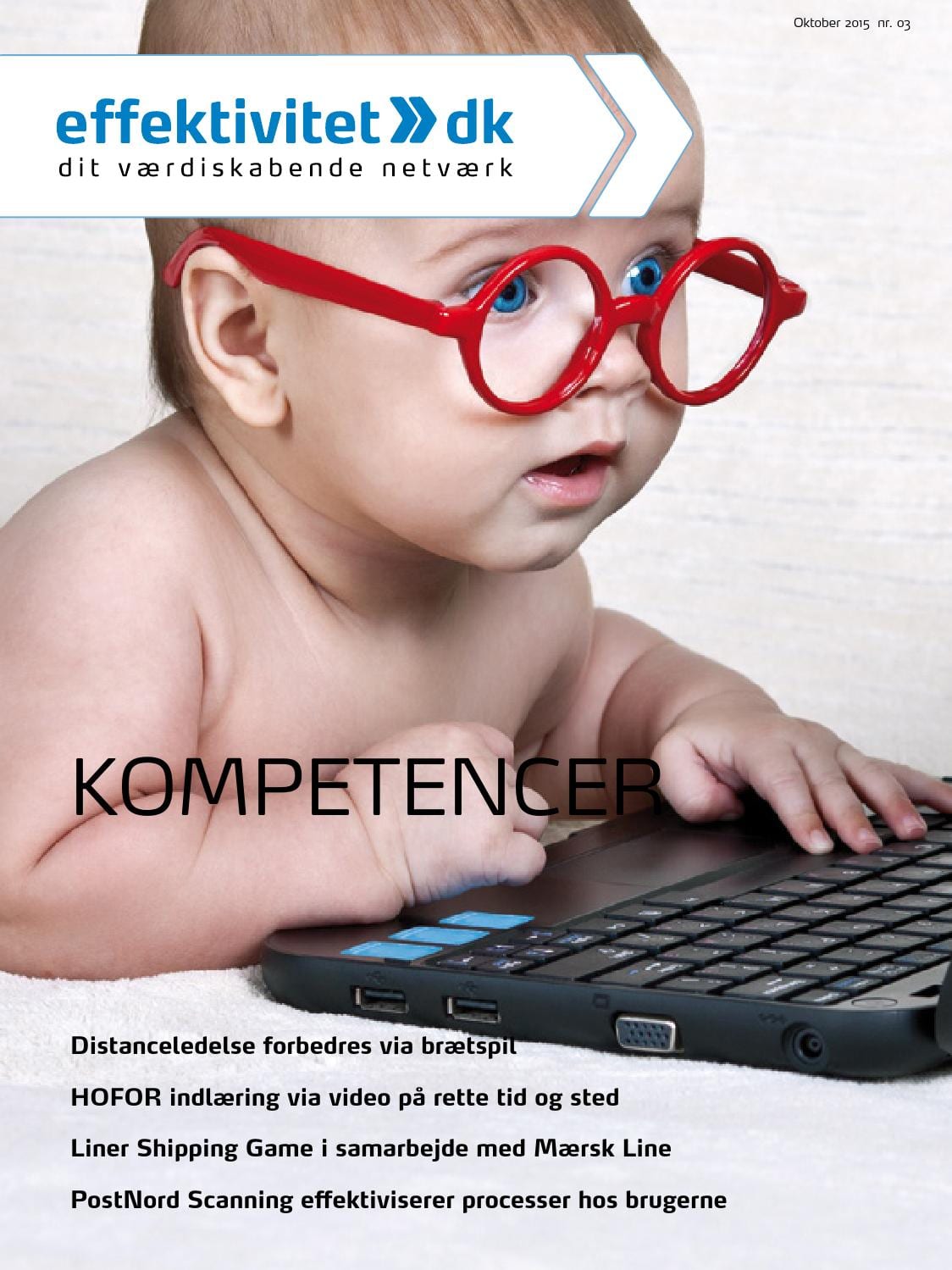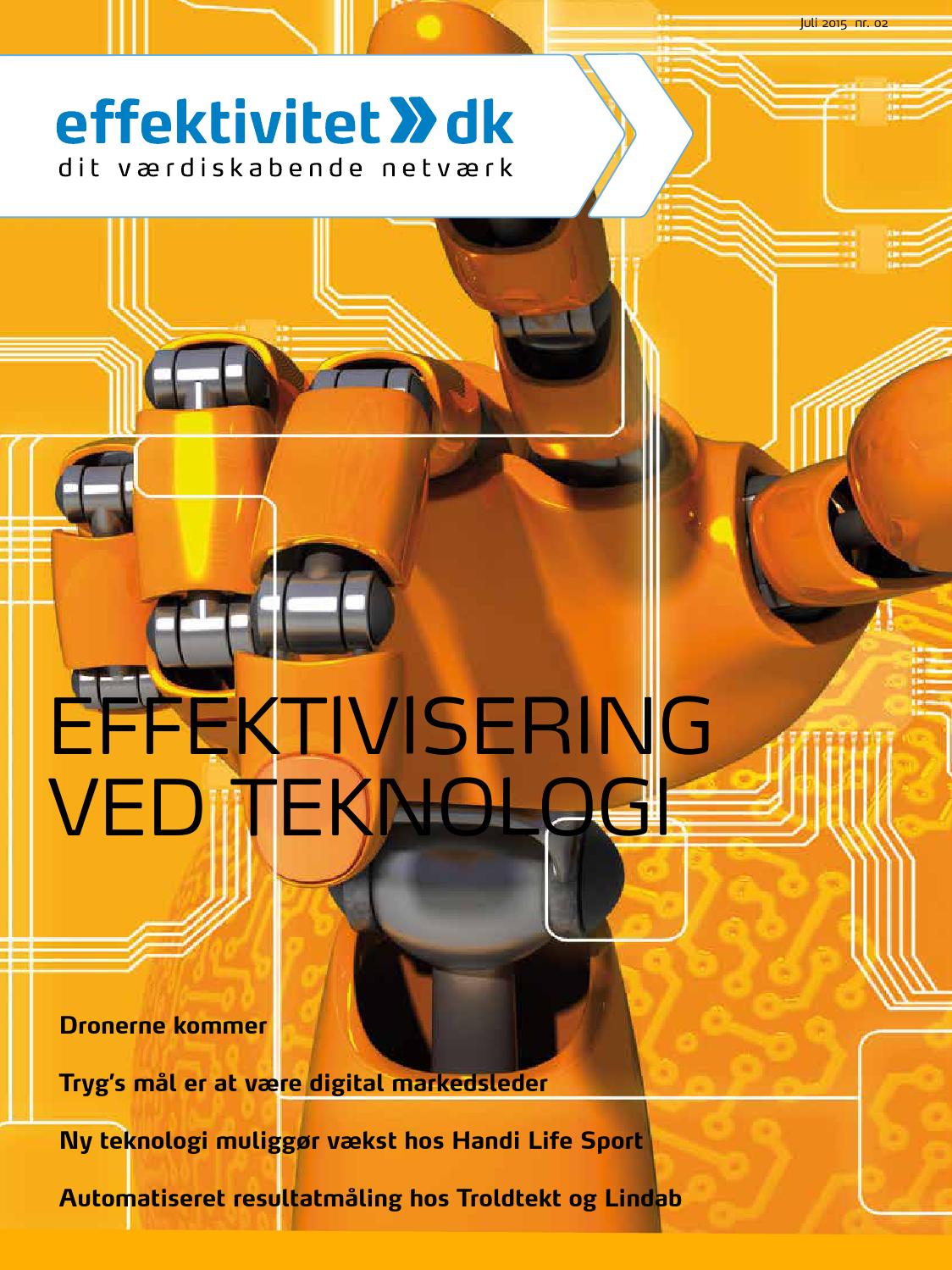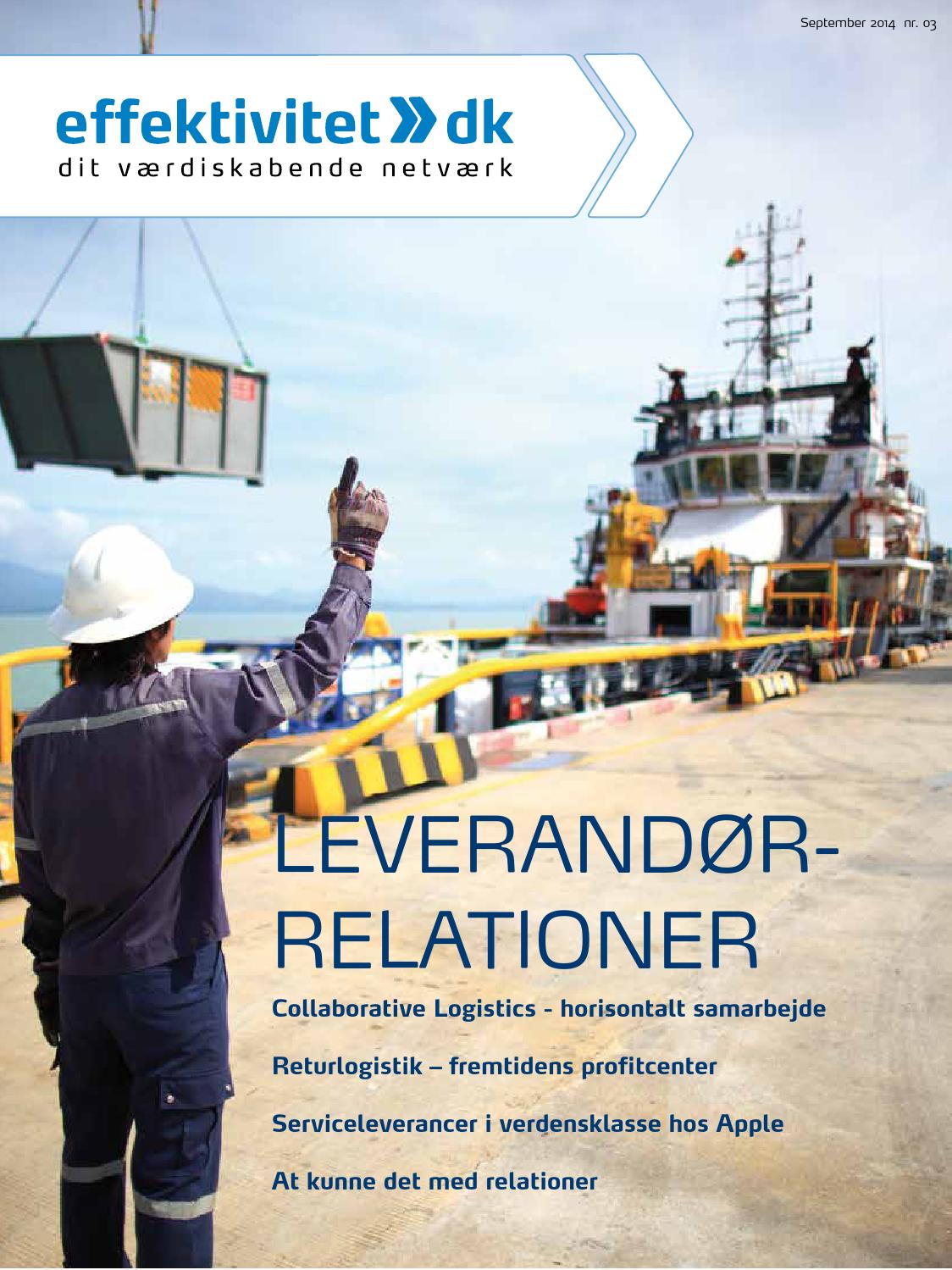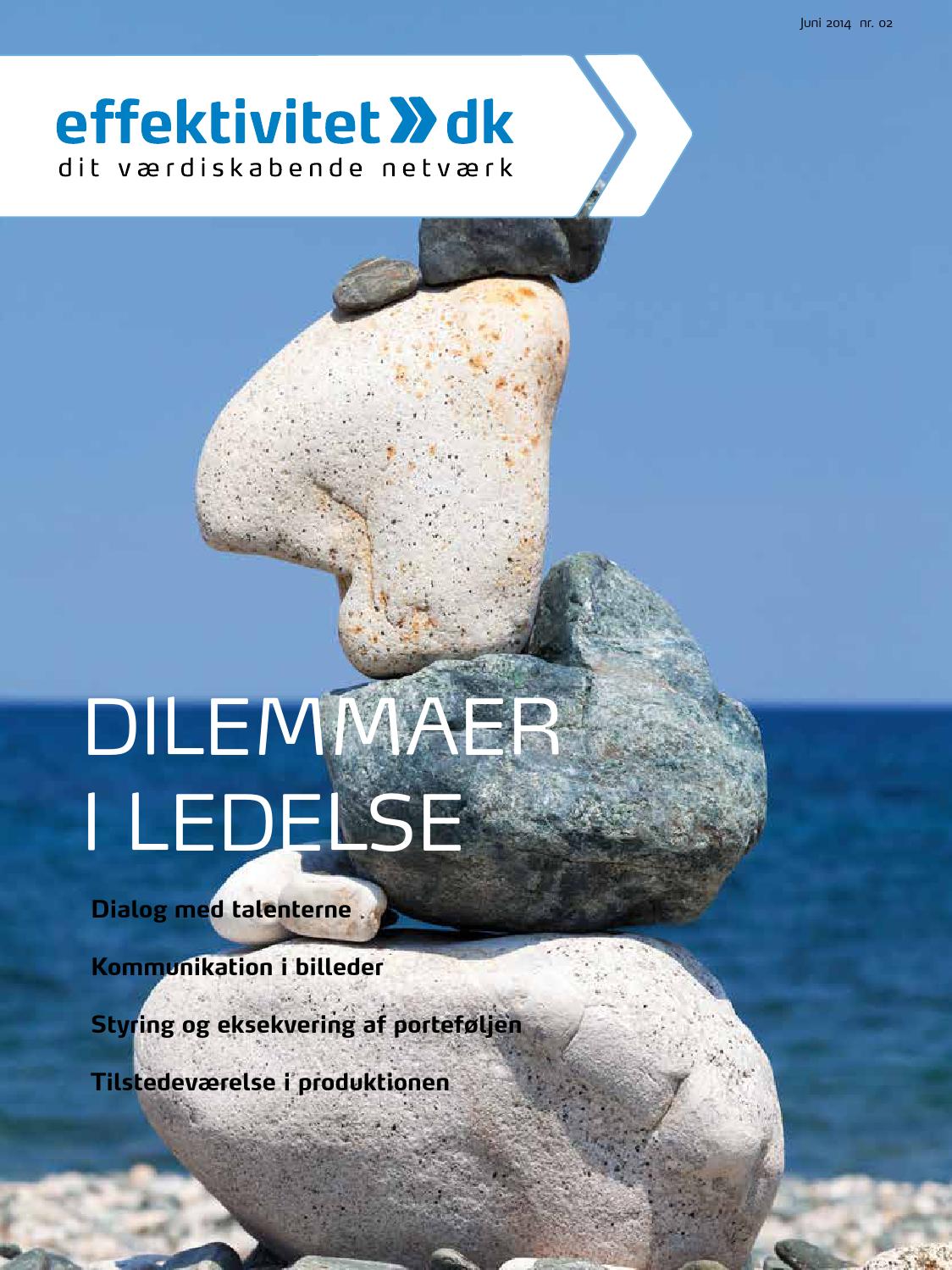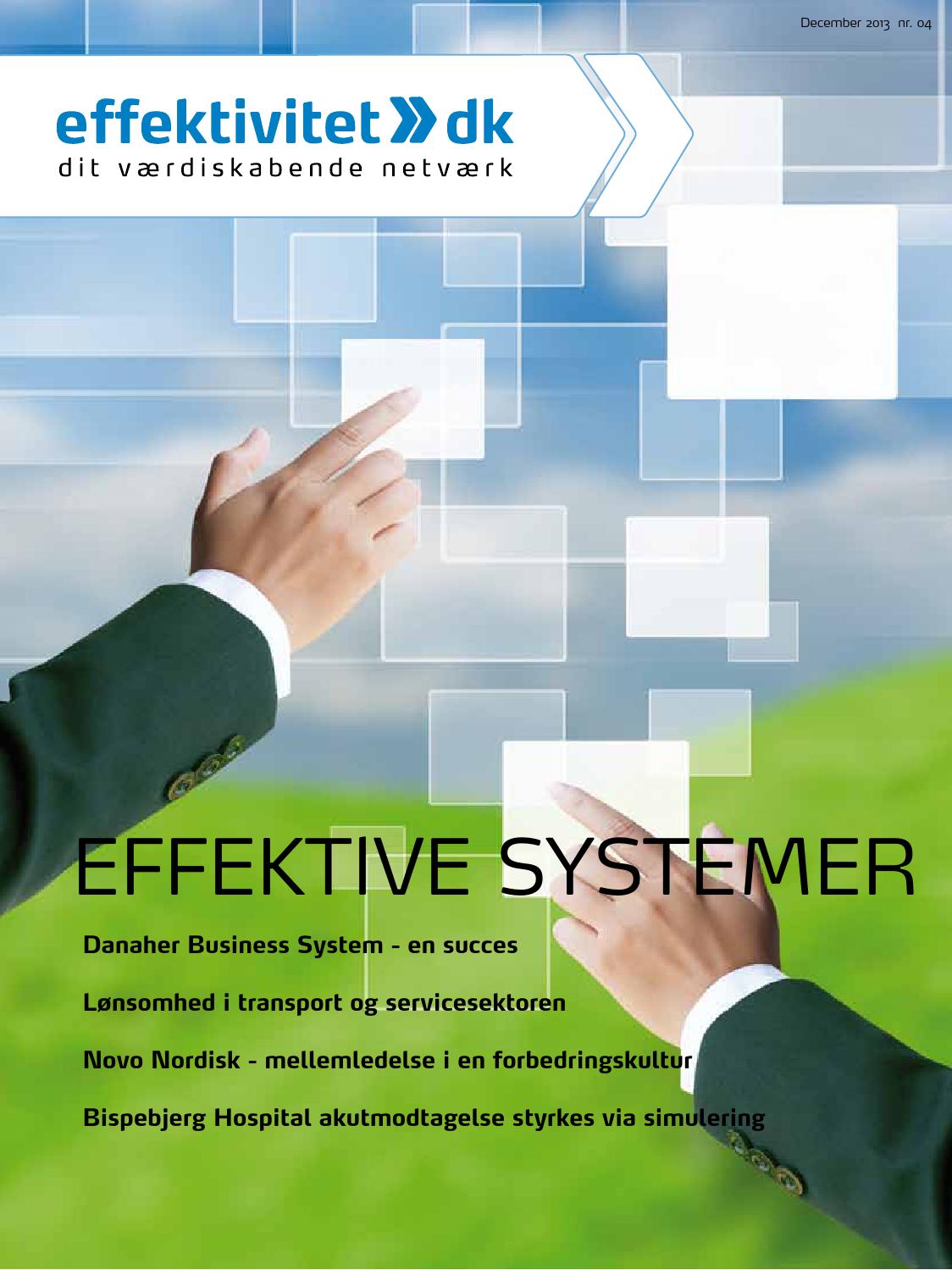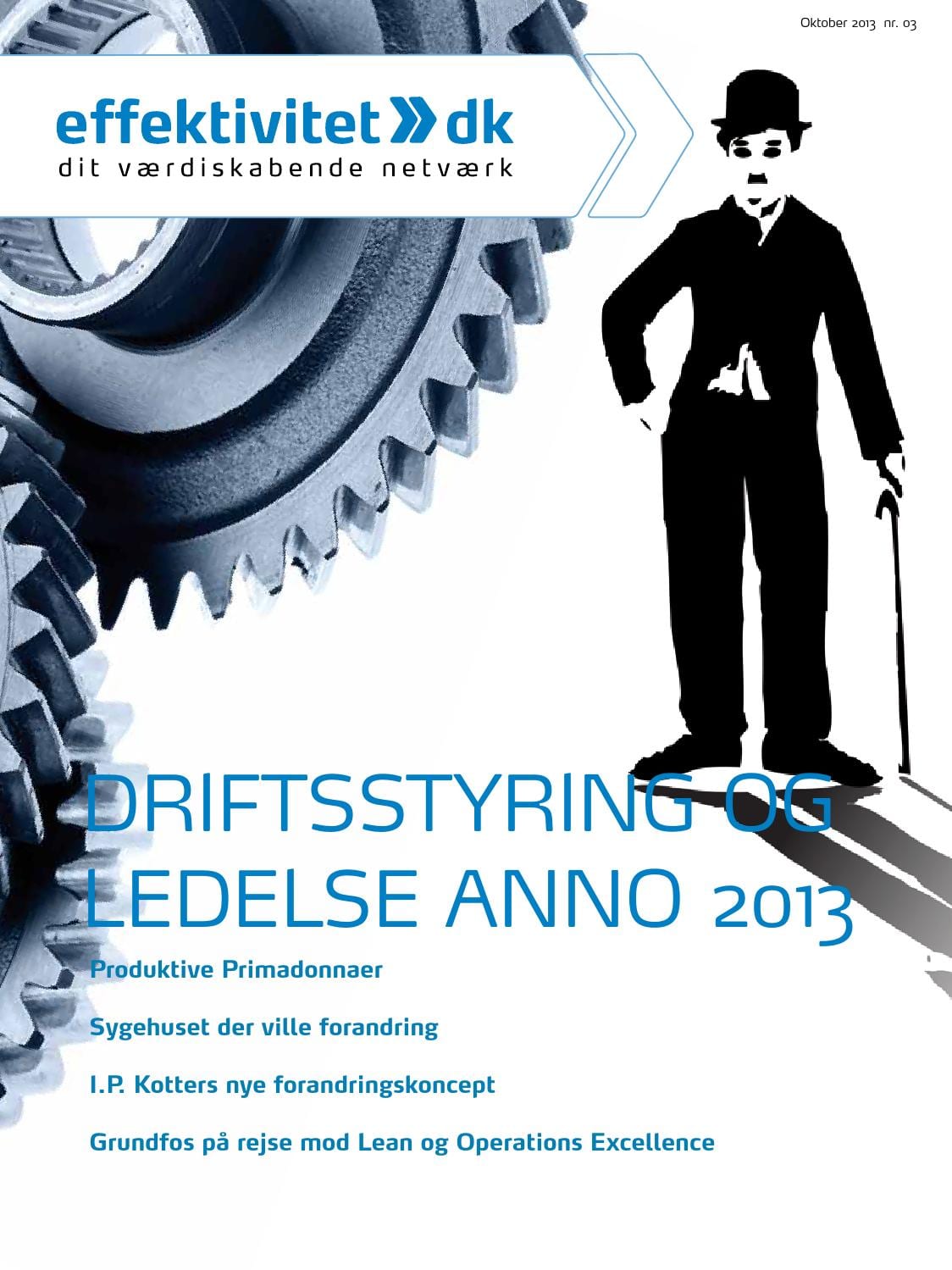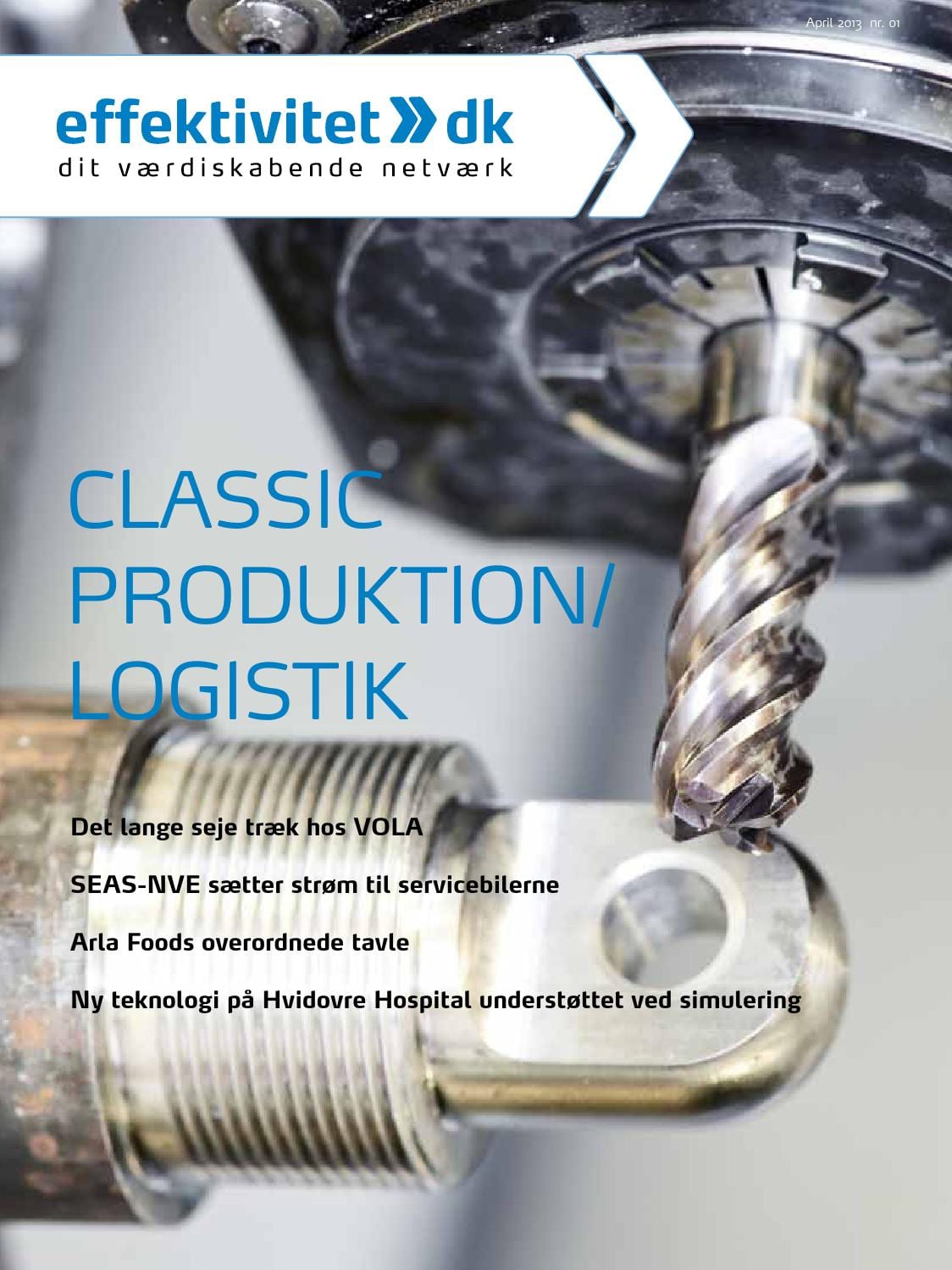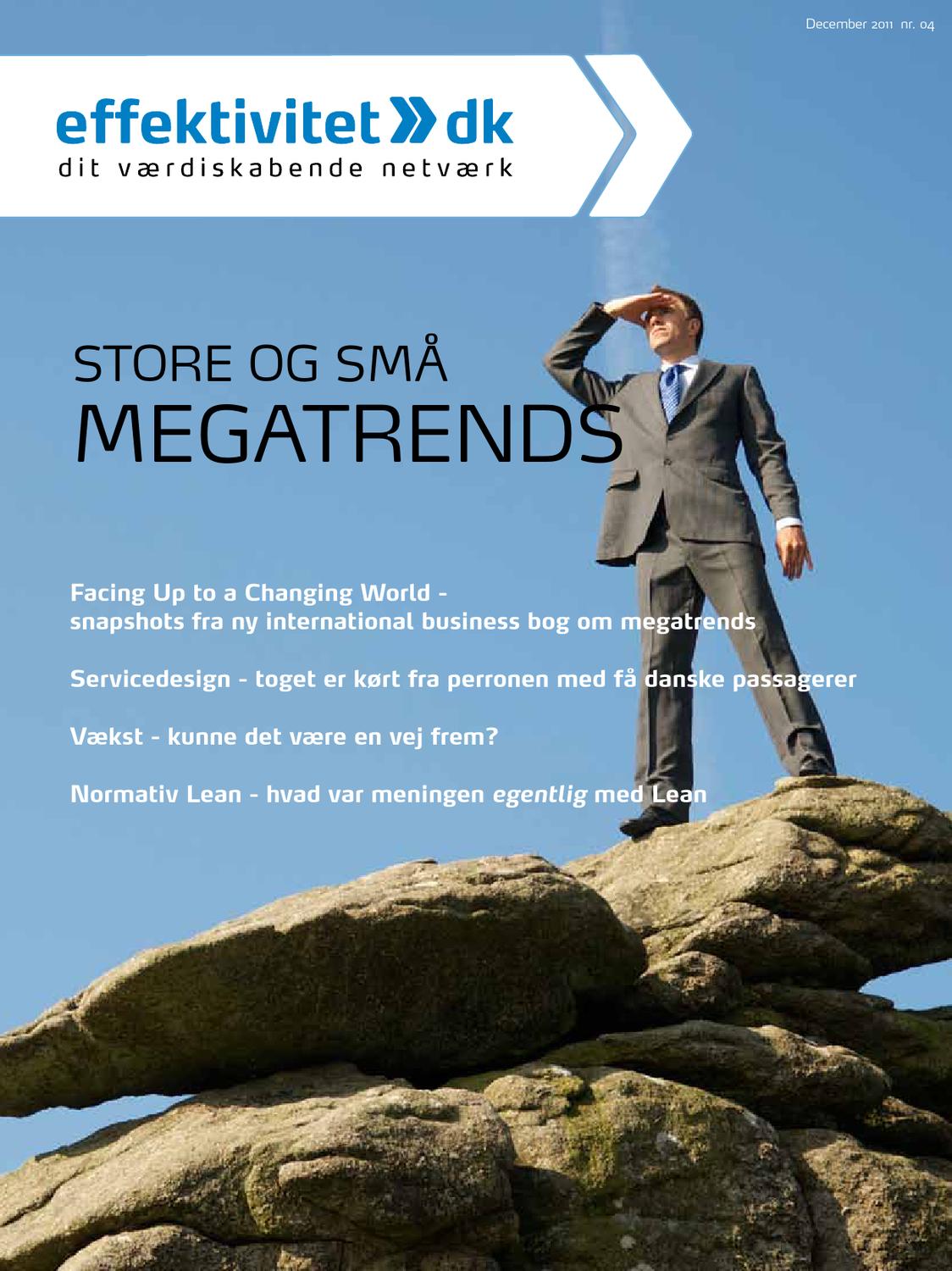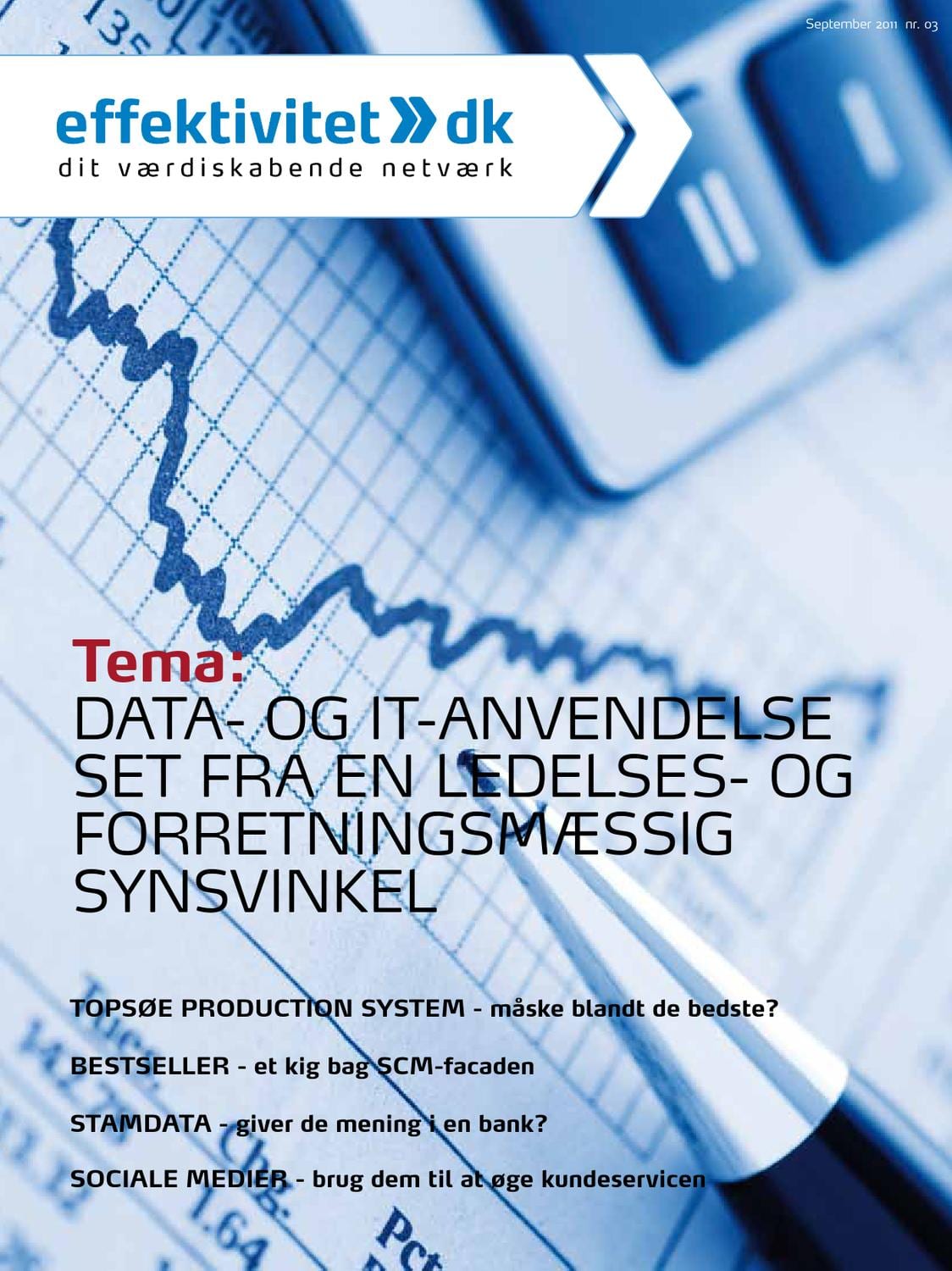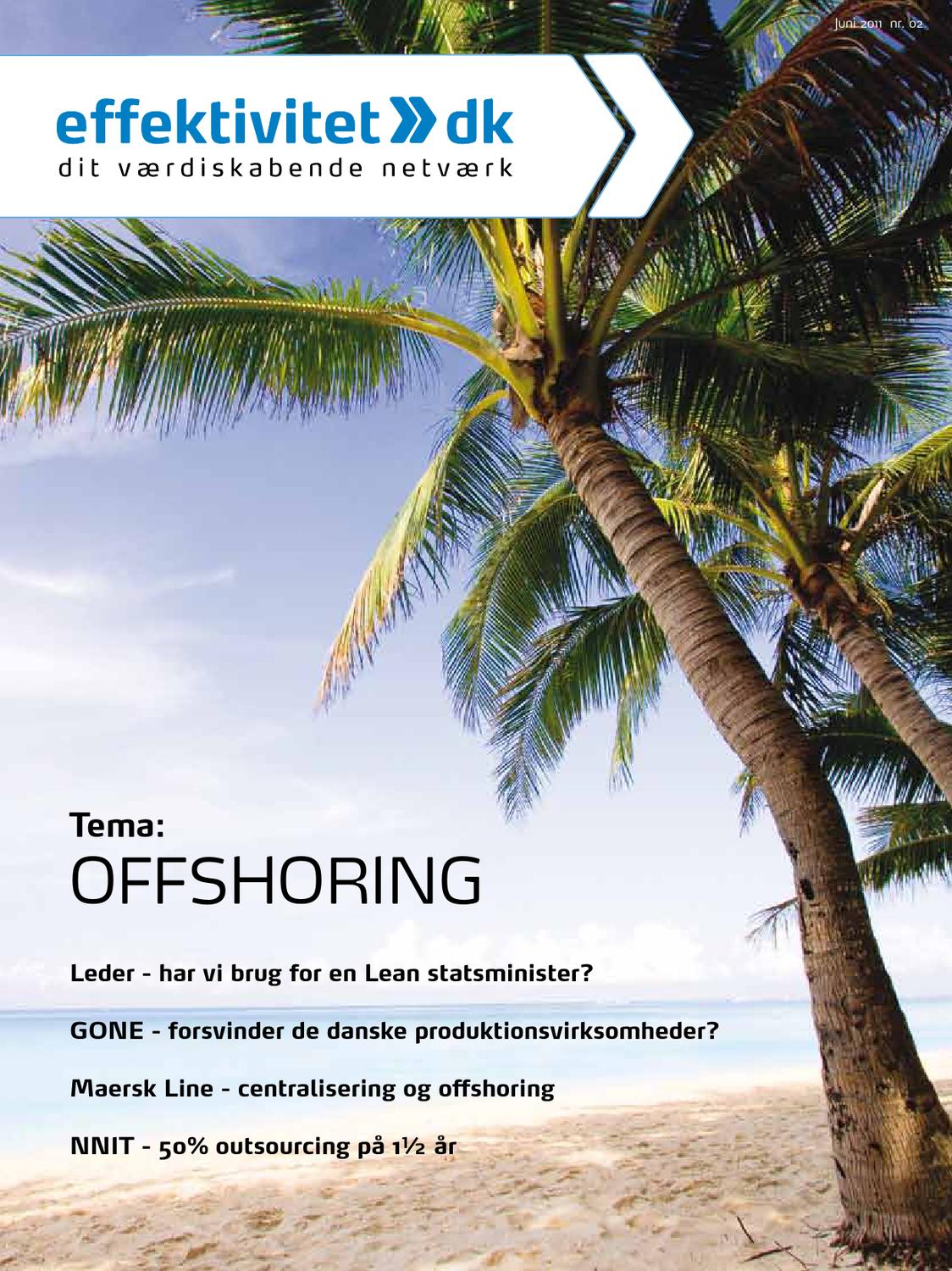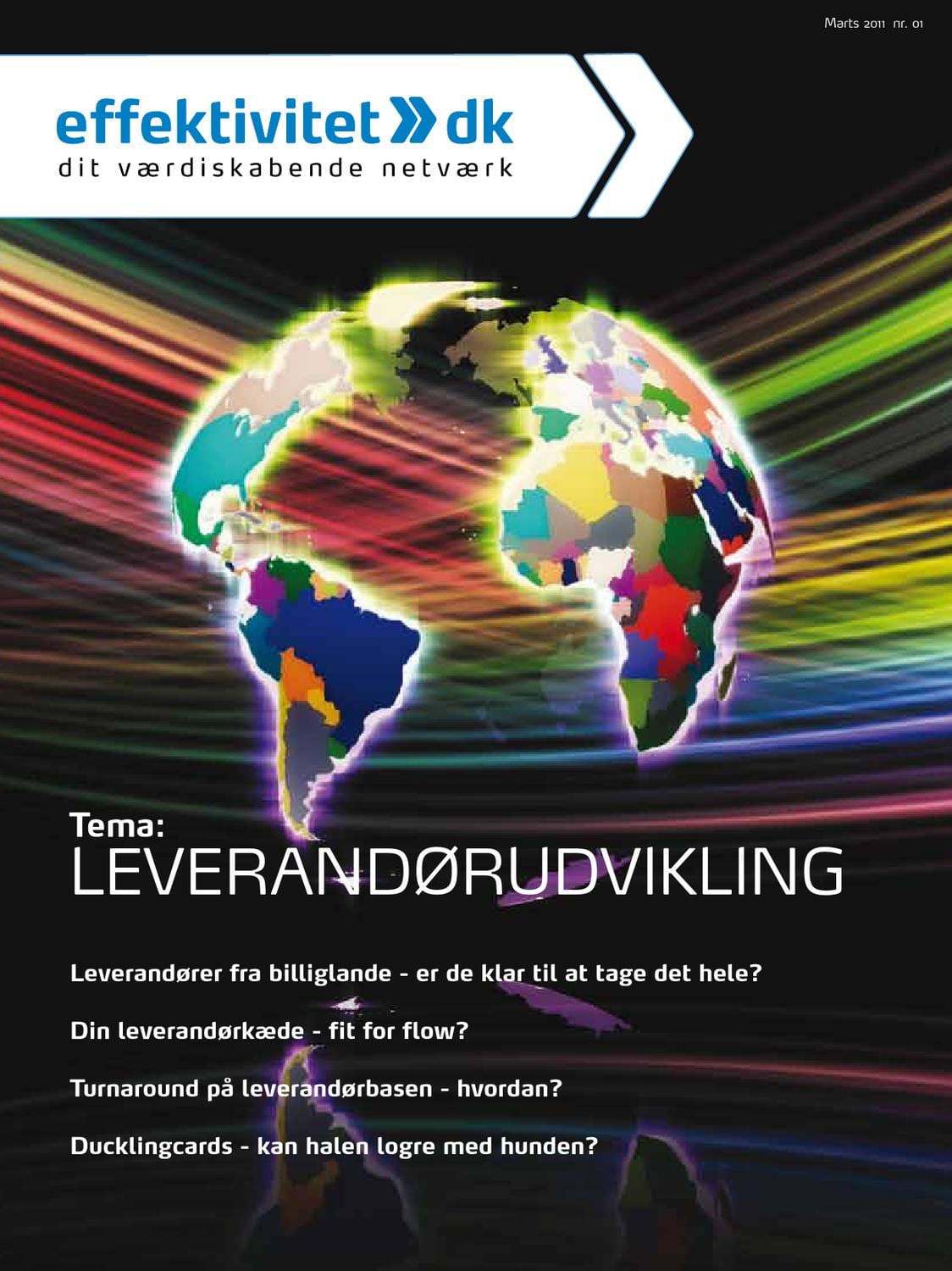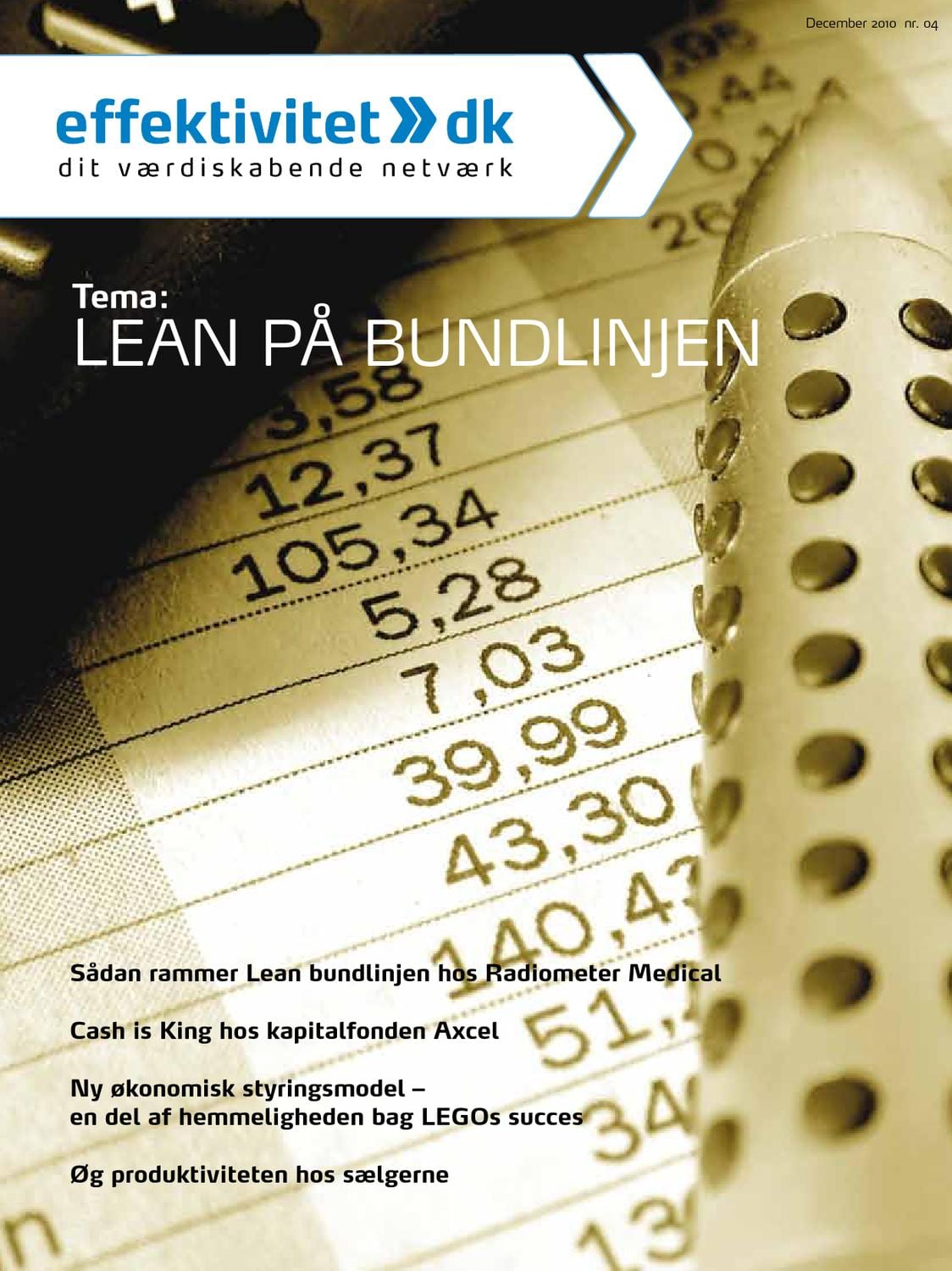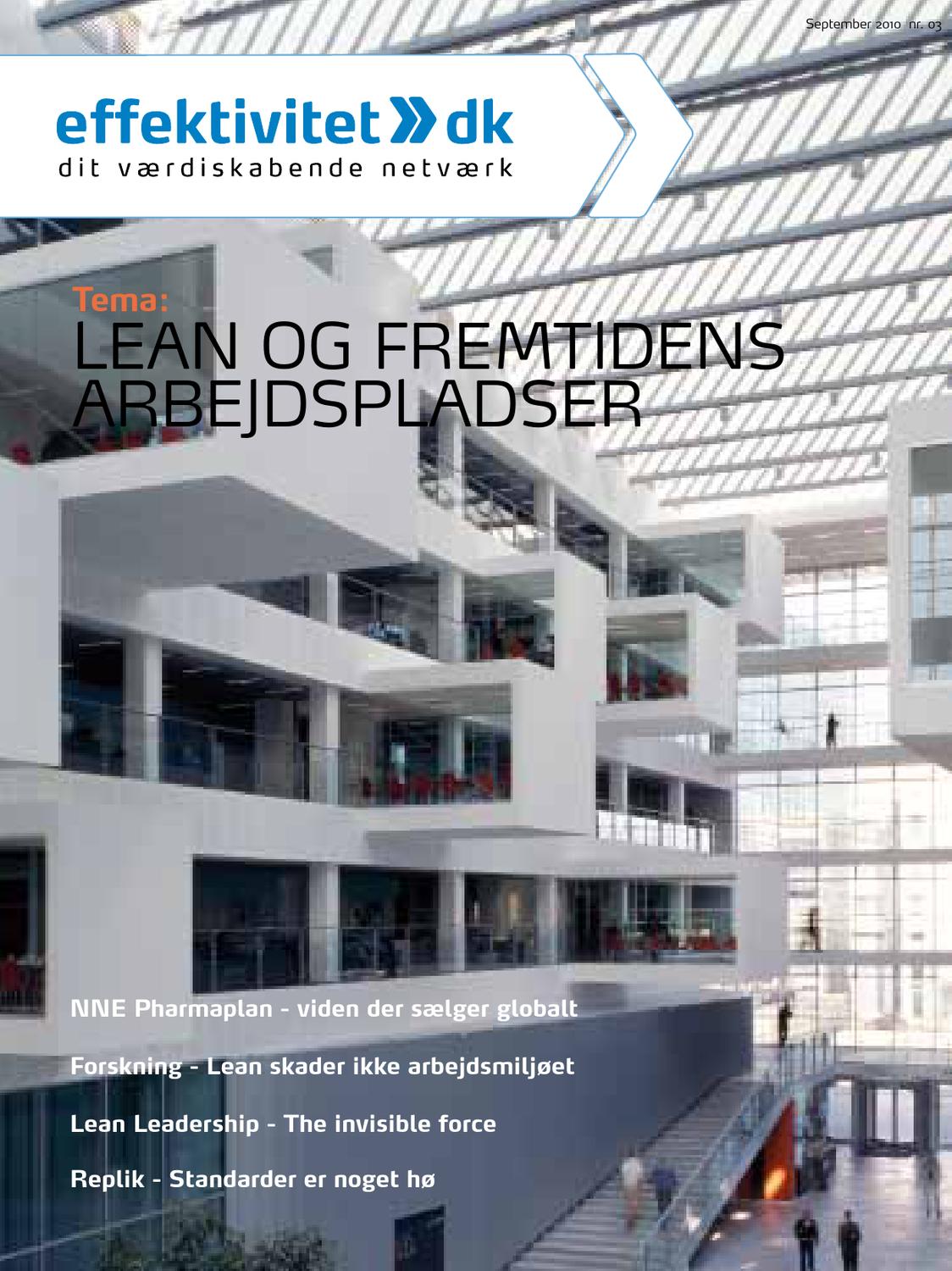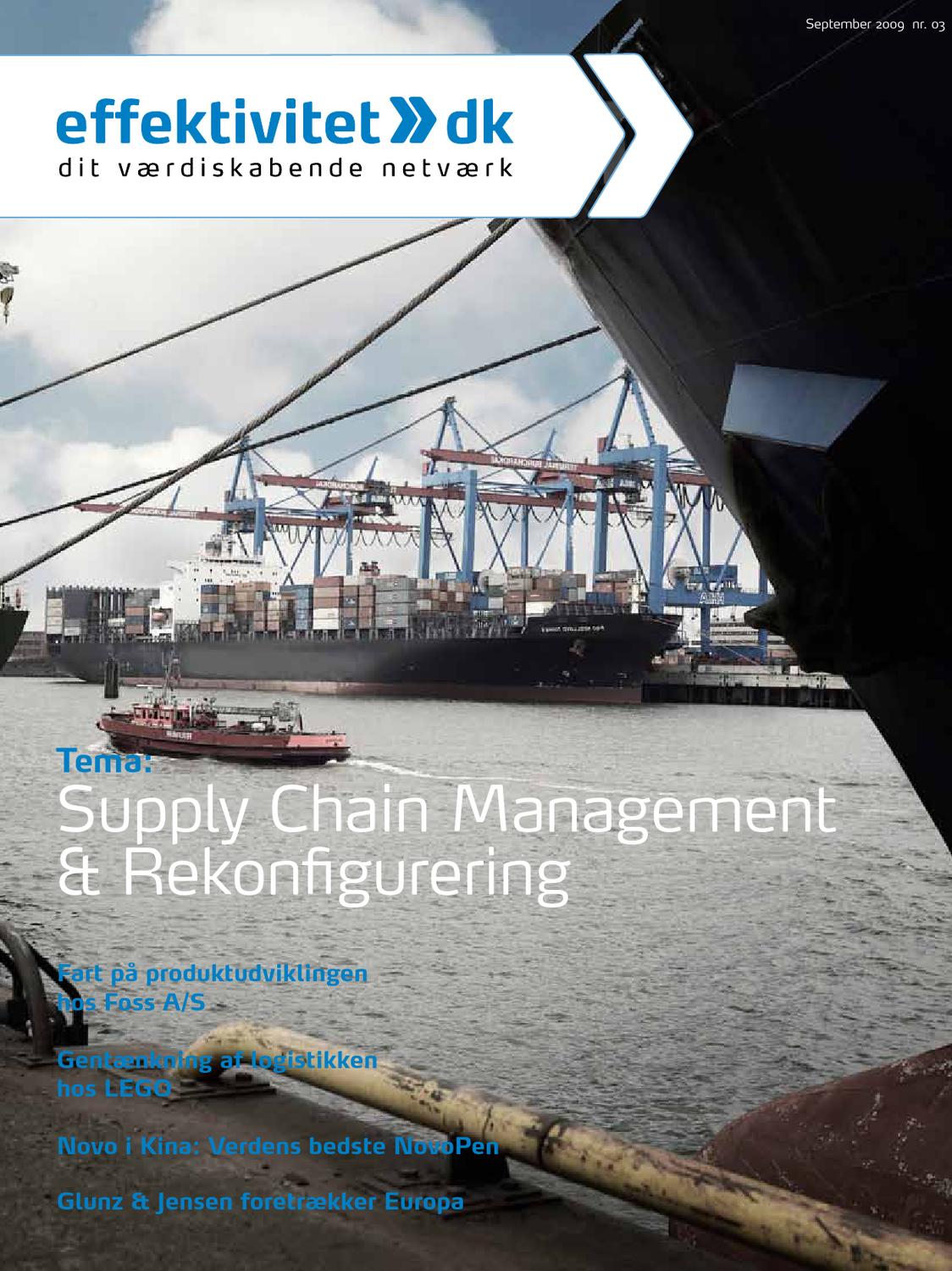Delivering on the
promise of modern medicine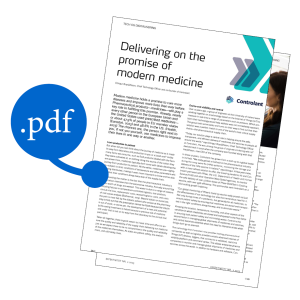
Modern medicine holds a promise to cure more diseases and improve more lives than ever before. Pharmaceutical products—medicines—will play a key role in fulfilling this promise. Already, nearly every other person in the European Union and the United States used prescribed medicines—or about 47.9% of people in EU member states (Eurostat, 2023) and 48.6% in the US. (Health, 2023) The chances are, the person right next to you, if not you yourself, use medicines to improve their lives in one way or another.
From production to patient
But when did you last think about the journey of medicine as it made its way from laboratory and production to you or a loved one? Unlike many items we consume, such as food products labeled with the farm they were cultivated at, or clothing citing the source of the cotton they are woven from, medicines typically don’t come with labels detailing the journey from production to patient. All the while, medicines are—rightly so—subject to strict conditions of temperature and other parameters while being distributed, making it even more important to know and be able to control their conditions along every step of the supply chain.
Compounding the matter is the fact that the pharmaceutical industry is more carbon-intensive than the automotive industry. Annually around $35 billion worth of drugs are wasted. This waste is due to a range of reasons including failures in temperature-controlled logistics, lost products, clinical trial loss, replacement costs, wasted logistics costs, and costs of root-cause analysis (Biothermal, 2019). Beyond dollars or euros lost, the pain is most felt by the diabetic patient who arrives at the pharmacy only to find out that the prescription cannot be filled because the insulin is out of stock, or worse yet, the development of a new and potentially life-saving treatment is halted because a precious vial of medicine still under trial is lost on its way from the laboratory to the clinical trial participant.
Taken all together, there is good reason to invest time and effort to ensure the quality and reliability of the supply chain delivering our medicine just as we expect there to be no compromise to the quality and reliability of the medicines themselves. At stake are patient safety, the environment, and ultimately, lives.
End-to-end visibility and control
Over 17 years ago, a group of engineers at the University of Iceland were working together on a technology based on the Internet of Things (IoT) to measure in real-time a range of parameters such as pressure. Which problem their technology would help address was not immediately apparent. The group took some twists and turns on their way to find out that their solution was a perfect match to one of the world’s most critical supply chains—the pharmaceutical supply chain.
“Today, our solution plays a central role in helping ensure the safe, transparent, and efficient delivery of medicines and vaccines to people all around the world,” says Erlingur Brynjúlfsson, Chief Technology Officer at Controlant. He was among the group of engineers tinkering with IoT devices back in 2007 when the company was founded along with Gísli Herjólfsson, now CEO of the company.
In those 17 years, Controlant has grown from a start-up to a global leader in its field. “We really gained a foothold in the pharmaceutical industry during the 2009 swine flu (H1N1) epidemic, monitoring the storage and delivery of the H1N1 vaccine in Iceland,” says Erlingur. A few years later, with a more refined solution to offer, the Covid-19 pandemic hit and Controlant partnered with Pfizer, the U.S. Department of Health and Human Service (HHS) and other Operation Warp Speed agencies, to monitor the safe delivery of over 5 billion doses of Pfizer-BioNTech´s Covid-19 vaccine, with over 99% efficiency. This partnership sent Controlant on a blitz-scaling growth trajectory.
“Our global monitoring of Pfizer’s Covid-19 vaccine really proved not just the effectiveness of our technology but also the tremendous need for it. Not only during times of a pandemic, but generally for all medicines, to ensure patient safety by ensuring that medicines are stored and transported in the right conditions along the way, and to eliminate waste.”
Knowing the location, temperature, humidity, and other aspects of the condition in which medicines are stored and transported is the first factor in ensuring both patient safety and minimizing waste. Control is the second factor in managing global shipments of medicines and vaccines, and control becomes essential when the need to intervene arises when things don’t go as planned.
The technology that Controlant now provides leading pharmaceutical companies as well as logistics providers entails advanced Internet of Things (IoT) devices, loggers, that connect to a validated, real-time visibility platform and command center. This allows enterprise pharma companies to monitor and manage global shipments of medicines and vaccines across the world. In addition to hardware and software, Controlant offers 24/7 monitoring and response services to respond to alerts and work with pharmaceutical companies and logistics providers to take action when needed.
The future is bright, and complex
“The future landscape of pharma is getting increasingly complex, and that’s really exciting because the more complex medicines being developed will improve and possibly save more lives than before,” says Erlingur. The rise of personalized medicine, cell-and-gene therapy, and other advanced therapies are all examples of the increasingly complex medicine being developed.
Personalized medicine
Personalized medicine, also referred to as precision medicine, has “the potential to aid clinicians in understanding how an individual’s genetic makeup can influence and guide decisions with regard to the diagnosis, treatment, and prevention of certain medical conditions” (Terrie, 2023). The field of oncology is one where this approach is growing fast. The Food and Drug Administration in the U.S. has also approved personalized medicines to treat familial hypercholesterolemia, which can increase the likelihood of having coronary heart disease and high cholesterol (Prevention, 2023), as well as generalized myasthenia gravis, a long-term condition that causes muscle weakness, commonly affecting the muscles that control the eyes and eyelids, facial expressions, chewing, swallowing and speaking (Service, 2023).
In 1998, the U.S. Food and Drug Administration first approved a personalized medical approach when it approved a cancer treatment designed to combat a specific genetic target, a protein found in breast cancer patients (Nassar, 2020). Since then, personalized medicine has grown significantly. When President Barack Obama signed the bipartisan Precision Medicine Initiative in 2015, stating that its objective was “delivering the right treatments, at the right time, every time to the right person”, it brought this medical approach to mainstream attention (Nassar, 2020).
Cell-and-gene
Despite the success of traditional approaches to treating patients with medicines and surgery, there are still a large number of diseases, perhaps most of them, for which these approaches do not provide a cure. Monogenic diseases stand out in this respect. These are diseases caused by a mutation in single genes that a person is born with. “It is estimated that there are greater than 6,000 such diseases affecting over 350 million people worldwide.” (Medicine, 2023)
“Cells and genetically engineered cells have fundamentally different properties than medicines and surgery—they are “living drugs” that can heal and replace damaged tissues or diseased organs. These properties mean that they have the potential to provide curative therapies to a range of diseases that currently have no cure.” (Medicine, 2023)
According to McKinsey, cell-and-gene therapies are expected to grow from 16 percent of product launches in 2021 to 36 percent in 2025. (Nassar, 2020).
Clinical trials
Clinical trials have also increased in number and have become more complex, decentralized, and patient-centric, according to McKinsey. “The rapid growth in clinical trials has accelerated R&D spending in the pharmaceutical industry, reaching $190 billion in 2019, 30 percent more than in 2015.” (Kachwala, 2021)
Cooling down
Overall, a growing number of medicines will be need to stored at colder temperatures. According to IQVIA Institute for Human Data Science, cold chain medicines grew more than twice as fast at 13% compared to 6% for the total market between 2017 and 2022. In the same period, their market share increased from 26% to 35%. In contrast, ambient temperature medicines only grew 3% at the same time.
A bottleneck or an enabler?
Cell-and-gene therapy, personalized medicine, and generally a significant increase in the number of new and more sensitive drugs being developed and brought to market is great news as it entails more therapies available to treat a great number of conditions, with greater results.
The dilemma is that without a transformation of the pharmaceutical supply chain, the promise held by modern medicine may not realize as the supply chain may become the bottleneck. “This is a challenge that we are rising up to, in partnership with some of the world’s leading pharmaceutical companies and logistics providers. Our research and development experts are creating new solutions that will transform pharmaceutical supply chains into an enabler in the future landscape of pharma. Digitalization and automation are key elements of those solutions,” says Erlingur.
Sustainability
“Eliminating waste in the pharmaceutical supply chain is a central tenant of Controlant’s mission,” says Erlingur. With real-time insights and the ability to proactively manage and control their supply chain, pharma companies can reduce write-offs to avoid the need to manufacture or transport replacement products. Reducing the need for transport in turn reduces carbon footprint.
“While the greatest impact we have is through our collaboration with our customers, we also strive for excellence when it comes to the sustainability of our own operations. The IoT devices used to track and monitor shipments are reusable instead of single-use, which saves the planet millions of IoT devices in carbon emissions.” Controlant also uses reverse logistics to retrieve, service, and re-use its loggers which also results in less waste for customers during end of use.
“We are committed to becoming sustainability leaders in our field,” says Erlingur. To that end, Controlant had its science-based target for reducing its carbon emissions validated by The Science Based Targets initiative (SBTi) in May this year. Its near-term climate target to reduce scope 1 and 2 emissions by 42% by 2030.
“We are one of the first among our global industry peers with a validated science-based target. The target affirms our commitment to reducing carbon emissions and serves as an important guide, founded on the latest climate science, to how we create and implement solutions for the sustainable delivery of medicine and vaccines to people around the world,” says Erlingur.
From Reykjavik to Copenhagen
“The Covid-19 pandemic propelled us into a growth phase in all aspects. We had to ramp up our production overnight, expand our customer support teams and respond to challenges as they arose. Now that the pandemic and Covid-19 vaccinations are becoming ‘business as usual’, we are putting our focus on the current and the future landscape ahead. Over 500 people are with us on this journey and we are expanding our global footprint beyond our headquarters in Iceland to make sure we are close to our customers and close to talented people ready to join us. Our offices in Wroclaw, Poland opened in September last year, and this year, we opened our latest office, right in the heart of Copenhagen.”
“Digitizing, automating, and ultimately transforming one of the world’s most critical supply chains will take creativity and resilience but it’s the impact that our work can have which unites our growing team and inspires us every day.”
__________________________________
References
Biothermal, P. (2019). 2019 Biopharma cold-chain logistics survey: what matters most – and what it means for the future. Pelican Biothermal.
Eurostat. (2023, August 17). Eurostat Data Browser. Retrieved from Self-reported use of prescribed medicines by sex, age and educational attainment level: https://ec.europa.eu/eurostat/databrowser/view/hlth_ehis_md1e/default/table?lang=en
Health, C. f. (2023, August 17). Therapeutic Drug Use. Retrieved from Centers for Disease Control and Prevnation: https://www.cdc.gov/nchs/fastats/drug-use-therapeutic.htm
Kachwala, M. K. (2021). Clinical supply chain: How to boost excellence and innovation. McKinsey & Company.
Medicine, S. (2023, August 21). Stanford Medicine. Retrieved from Why Cell and Gene Therapy?: https://med.stanford.edu/cdcm/CGT.html
Nassar, S. F. (2020). Precision medicine: Steps along the road to combat human cancer. Cells, 2056.
Prevention, C. f. (2023, August 21). Familial Hypercholesterolemia. Retrieved from CDC: https://www.cdc.gov/genomics/disease/fh/FH.htm
Service, N. H. (2023, August 21). Myasthenia gravis. Retrieved from NHS: https://www.nhs.uk/conditions/myasthenia-gravis/
Terrie, Y. C. (2023). Advancing research in personalized medicine. U.S. Pharmacist, 31-36.





